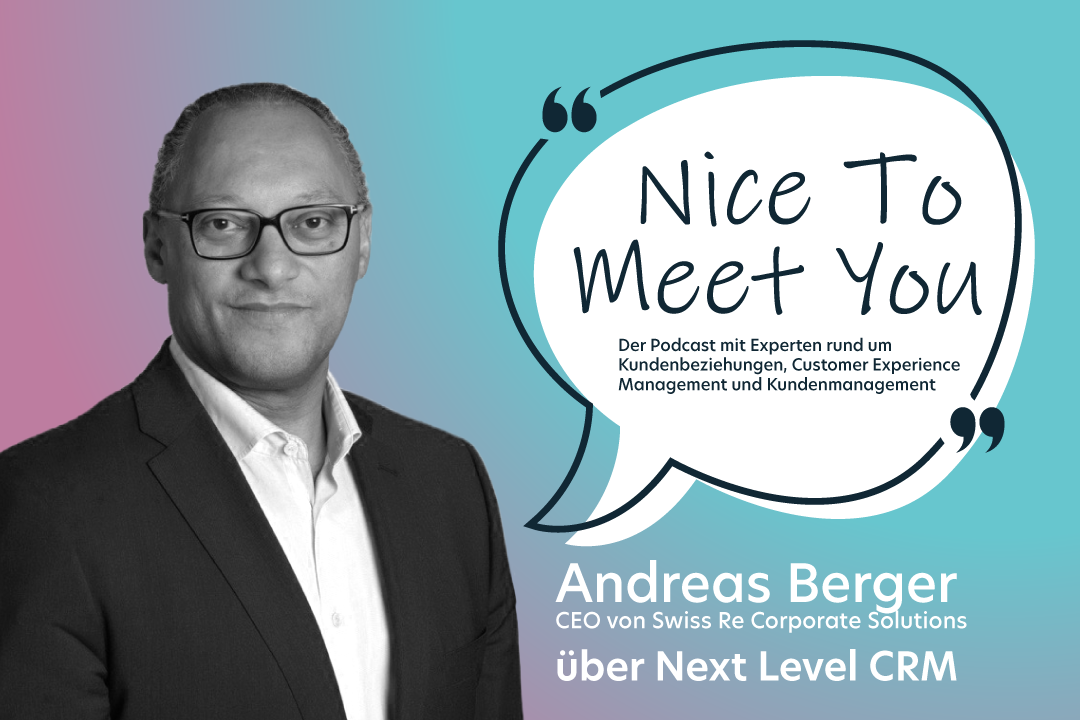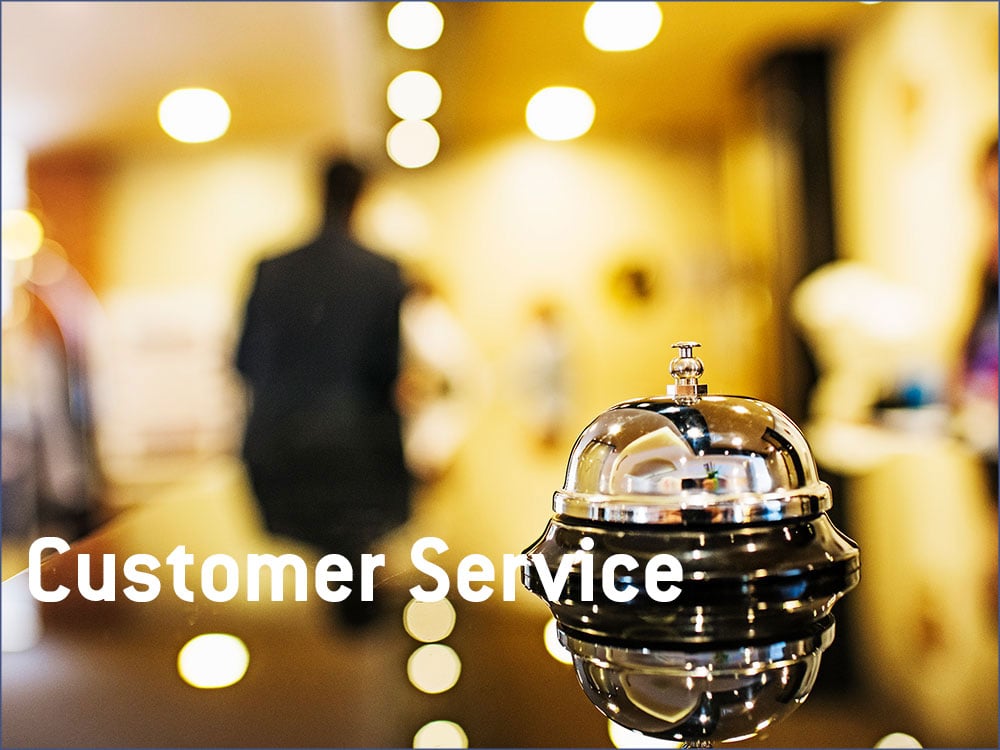Andreas Berger, CEO of Swiss Re Corporate Solutions, says new customer strategy has increased cross-selling rates, generated more new business and boosted employee confidence in the company’s future.
Welcome Andreas, we’d like to talk to you about Corporate Solutions’ Customer First Strategy. Can you tell us why it was decided to develop your own approach to Customer Relationship Management (CRM)?
Andreas Berger: When I first joined Swiss Re, we carried out a strategic review of our entire business portfolio. We realised that there was an urgent need for change.
I said right away that we must first focus both on the customer and the associated distribution. At this stage of the analysis, we discovered that we were approaching one and the same customer in different ways - sometimes purely via brokers, sometimes directly in different markets. So, we weren’t viewing the customer holistically. We were only looking at the risk - the individual risk, the individual contract. What was missing was a customer-centric view in the company, one that aligns processes and activities with the customer. The customer is the customer! The broker is a partner, a distribution partner or a partner who advises the customer. But it’s the customer that counts in the end.
So, you first had to develop an understanding of who your customers actually are, right?
Andreas Berger: Yes. To arrive at this understanding, we had to do our homework very thoroughly indeed. To start with, we had to determine the structure of our customer universe. We discovered that this is made up of 40,000 corporate groups, holding companies and their affiliates. We then segmented this group and whittled it down into a kind of short list. Based on that, we defined our risk appetite. This group was refined once again, enabling us to finally identify 200 - 300 customer groups worldwide. These are our so-called managed accounts. For these we created a 360° view and put together a corresponding account plan.
To what extent did technology support you here?
Andreas Berger: Our customer relationship management (CRM) software was not designed to implement our Customer First strategy. Traditional CRM solutions - like the one we had – have a functional scope that is admittedly powerful but primarily geared towards sales organisations. But in reality, we operate with cross-functional teams. These teams include relationship managers, underwriters, risk engineers and claims managers, all of whom work in the interests of the same customer. Consequently, we wanted a CRM system that placed information centre-stage and integrated this data into the core systems of our cross-functional teams. And ultimately this information had to be complete and create value for the customer.
In our last print edition Tobias Maeder, Digital Transformation Lead, reported that Swiss Re Corporate Solutions had developed its own CRM solution. How did this decision come about?
Andreas Berger: I come from the industry and have experienced the evolution of CRM software development. And I can tell you that the industry has always had a hard time finding a good CRM software. The biggest challenge was solving the interface problems. In the first phase, we decided to develop an internal solution. Using our existing IT infrastructure, we developed our internal platform, Customer 360 which replaced the external solution. In a second step, the team complemented this information with so-called customer engagement data and folded this into Digital Customer Fingerprint. The latter is controlled by a network structure that transforms interaction data into an overall relationship view. This is the exciting and innovative part of our internal solution. This technology enables us to control information based on the relationship network.
By definition, Swiss Re Corporate Solutions is active in the corporate market. What is the difference between this and private client business?
Andreas Berger: In the private client segment, the whole topic of customer centricity has been in place for much longer and is also more deeply anchored in the company. The customer journey there is aimed very specifically at private clients. The commercial insurance sector on the other hand, takes care of commercial customers in the form of legal entities. There, the business is with professional risk managers who demand complex risk solutions. In this market, we’re not only insurers but also partners, offering customers our expertise, so enabling them to better understand their risks.
Can increased complexity also mean it takes longer to build a customer relationship?
Andreas Berger: The customer relationship is influenced by many factors. Up to two years can elapse from the first contact to the final contract signing. This period is taken up with intensive risk assessment discussions and covers several different functions and disciplines. There are cross-functional teams involved with the participation of scientists, engineers and actuaries. The ensuing exchange of professional insights based on mutual respect and trust is of crucial importance.
How does the network structure, the question of ‘who communicates with whom,’ support you in this process?
Andreas Berger: We have to proceed in a very meticulous fashion and first understand how a company is structured. Each customer has a different organisational setup. This means we have to find the right contact person, build a relationship with that person and gain an understanding of the customer's interaction points – his or her journey if you like. This is where our proprietary technology comes into play translating contacts into a relationship network, which we’ve fully automated. What we’ve done is achieve data accuracy, which saves time and at the end of the day leads to improved customer service.
To close the loop to the Customer First Strategy, are first results already measurable?
Andreas Berger: Yes, the effort has paid off. We’ve increased our cross-selling rates as well as closed more new business, a fact reflected especially in our profitability. In addition, we’ve generated employee confidence in the future of the company.
And technologically, what's next for the Customer 360 platform?
Andreas Berger: Using this platform, I’m convinced that we’ve not only gained a deeper understanding of our customers, but also increased our productivity. So, we’ll continue to invest in this technology. And we’re also open to externalising certain components, for our clients, brokers or even competitors.





















